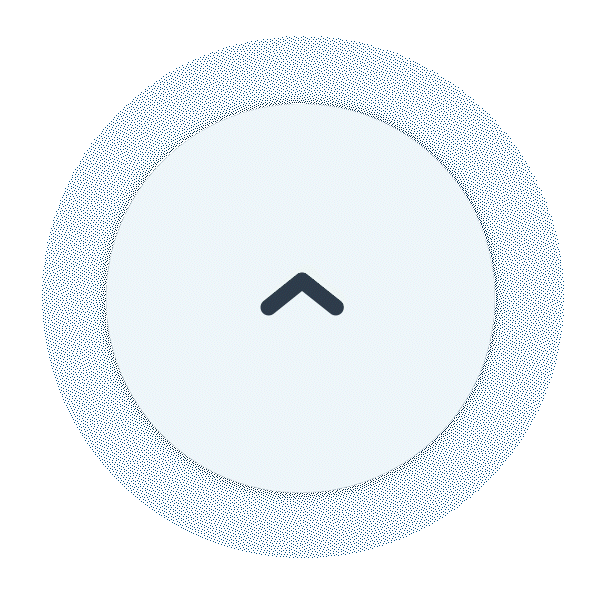A Comprehensive Guide to Getting Started with ROS2 and LIPSedge AE400
- LIPS
- Jun 22, 2022
- 2 min read
Updated: Mar 13, 2023

Are you interested in exploring the capabilities of ROS2 and the LIPSedge AE400? Look no further! This guide will walk you through the process of installing ROS2 and the LIPSedge AE400 wrapper, as well as launching a LIPSedge AE400 ROS application.
Before we dive into the installation process, let's briefly discuss what ROS2 and the LIPSedge AE400 are.
ROS2 (Robot Operating System 2) is a popular open-source robotics framework that enables developers to create advanced robotic applications. It provides a set of libraries and tools that help with tasks such as message passing, device control, and visualization.
LIPSedge AE400 is a high-performance 3D camera that is widely used in robotics and industrial automation. It features a compact form factor, easy integration, and robustness.
Installing ROS2 with LIPSedge AE400 Wrapper
To get started with ROS2 and the LIPSedge AE400, you'll first need to install ROS2 on your system. Follow these steps to install ROS2:
Method 1: Docker
We provide ready to use docker image for LIPSedge AE400 ROS wrapper.
docker run -it hedgehao/lipsedge-ae4xx:ros2-wrapperMethod 2: Install Manually
The Robot Operating System (ROS) has different distributions recommended for different operating systems. Here we use ROS2 Galactic on Ubuntu 20.04 for the instructions below. You can find all the distributions here.
1. Install ROS via apt
sudo apt update && sudo apt install curl gnupg2 lsb-release
sudo curl -sSL https://raw.githubusercontent.com/ros/rosdistro/master/ros.key -o /usr/share/keyrings/ros-archive-keyring.gpg
echo"deb [arch=$(dpkg --print-architecture) signed-by=/usr/share/keyrings/ros-archive-keyring.gpg] http://packages.ros.org/ros2/ubuntu $(source /etc/os-release && echo $UBUNTU_CODENAME) main" | sudo tee /etc/apt/sources.list.d/ros2.list > /dev/null
sudo apt update
apt install -y ros-galactic-desktop2. Install packages for dependencies and for building ROS packages
sudo apt install python3-colcon-common-extensions python3-rosdep ros-galactic-diagnostic-updater3. Before using any ROS command, some environment variables need to be setup. You can add the environment setup command into your .bashrc / .zhrc file.
echo"source /opt/ros/galactic/setup.bash" >> ~/.bashrc
source ~/.bashrc4. Initailize rosdep to install system dependencies for source you want to compile and is required to run some core components in ROS.
sudo rosdep init
rosdep updateBuild LIPSedge AE400 ROS2 application
1. Create a new workspace.
mkdir -p ~/ros2_ws/src
cd ~/ros2_ws/src/2. Clone ROS2 application source code
git clone https://github.com/IntelRealSense/realsense-ros.git -b ros23. Install all dependent packages then build the app
cd ~/ros2_ws
rosdep install -i --from-path src --rosdistro galactic --skip-keys=librealsense2 -y
colcon buildLaunch LIPSedge AE400 ROS Application
source ~/ros2_ws/install/local_setup.bash
ros2 launch realsense2_camera rs_launch.pyStart a new Terminal and launch rviz2.
rviz2The rviz interface pops up. At the Fixed Framein the left menu, select camera_depth_fram

Add 'DepthCloud' topic

Now, you can see the pointcloud on rviz

Conclusion
By following this guide, you should now have a basic understanding of how to install ROS2 and the LIPSedge AE400 wrapper, as well as launch a LIPSedge AE400 ROS application. With these tools, you can now start exploring the exciting world of robotics and automation. If you have any questions, please feel free to post them to LIPS Forum.














Comments